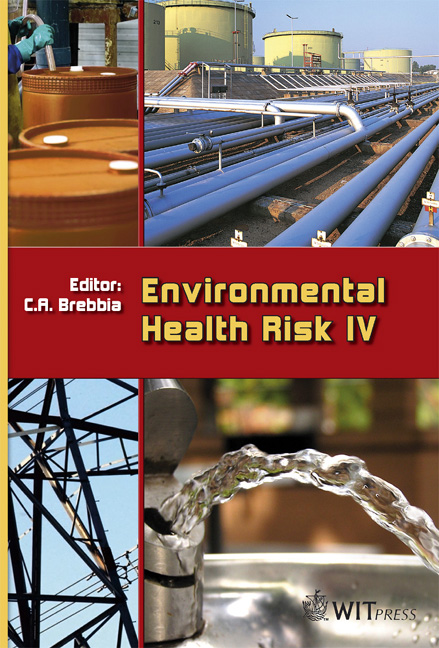Health Risk Related To Radon In A Thermal Spa Utilizing Waters From Guarani Aquifer
Price
Free (open access)
Transaction
Volume
11
Pages
10
Published
2007
Size
1,375 kb
Paper DOI
10.2495/EHR070151
Copyright
WIT Press
Author(s)
D. M. Bonotto & T. O. Santos
Abstract
This investigation was carried out within the Paraná sedimentary basin, Brazil, involved the sampling of groundwater and air, and was realized with the purpose of evaluating the radioactivity, due to radon gas, in a thermal spa utilizing the waters from Guarani (Botucatu-Pirambóia) aquifer. The results reported here provide additional information relative to that of previous studies focusing on the presence of radionuclides in the aquifer, which have mainly characterized those belonging to uranium and thorium series decay, such as the uranium isotopes (238U and 234U), radium isotopes (226Ra and 228Ra), radon daughters (214Bi and 214Pb) and radon (222Rn) itself. The results obtained were compared with the maximum permissible concentration limits in air and drinking water defined by international standards, such as the guidelines for drinking water quality established by the World Health Organization. The possible processes responsible for the presence of radon in the aquifer were also considered in order to evaluate the data obtained. Keywords: radon, air, groundwater, Guarani aquifer, thermal spa. 1 Introduction Radon (222Rn, half-life 3.84 days) is a naturally occurring volatile noble gas formed from the normal radioactive decay series of 238U, according to the following decay sequence: 238U (4.49 Ga, α) → 234Th (24.1 d, β-) → 234Pa (1.18 min, β-) → 234U (0.248 Ma, α) → 230Th (75.2 Ka, α) → 226Ra (1622 a, α) → 222Rn (3.83 d, α) → 218Po (3.05 min, α) → … It is a colorless, odorless, tasteless, chemically inert and radioactive gas produced continuously in rocks and soils through α-decay of 226Ra, with some atoms escaping to the surrounding fluid
Keywords
radon, air, groundwater, Guarani aquifer, thermal spa.





